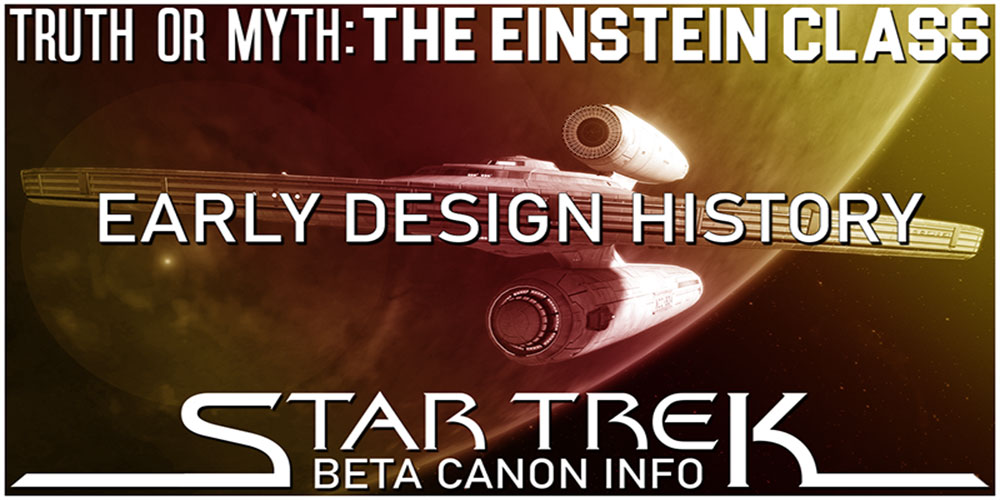Hello and welcome to another episode of Truth OR Myth Beta Canon, a Star Trek web series that dives into the history of any given topic using Beta Canon sources and my own imagination to fill in the gaps.
Today’s episode is a little bit different, however. With the success of my Avenger Class video, I decided to give my imagination another fun project to tackle, that of the Einstein Classes history… By using the few tidbits of Canon and Beta Canon information that exists on the class, I’ve written a story that I hope you’ll enjoy.
A few things of note before we begin though, this is the Einstein Class which you might remember from Star Trek 2009 as the USS Kelvin was a part of, but this story does not take place in the Kelvin Universe, but rather this is the classes history from the Prime Universe. Also, the name Einstein Class is derived from Beta Canon sources only, as the Class was not listed on the USS Kelvins dedication plaque.
Furthermore of course, because this IS my own little bit of fan fiction, all information relaid should pretty much be taken with a grain of stardust. Though again, it will contain elements from both Alpha and Beta Canon, it should only be considered a little bit of Star Trek Fun! And so, with all that out of the way, let us begin.
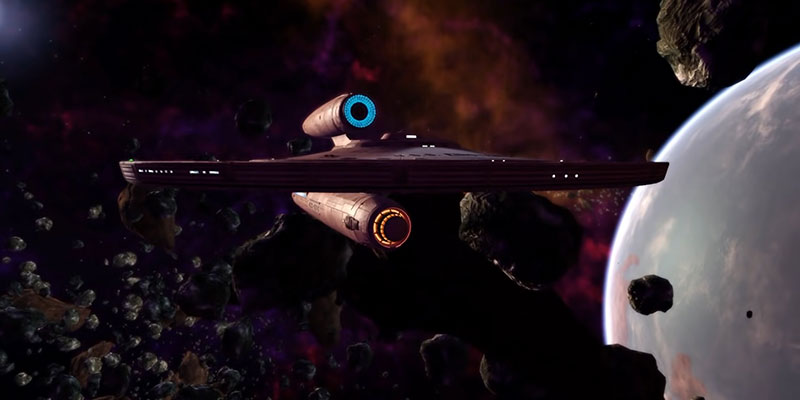
Before Bio-Neural Gel Packs, before Isolinear or even Duotronic circuitry, Starfleet Command would look to the future, wanting a starship exploratory class the likes of which no one had seen before to usher in the 23rd Century. And this class would come to be known as the Einstein Class…
Founded in 2161, the United Federation of Planets was flourishing in the late 22nd Century.
To this end, Starfleet Command, the Peace Keeping and Exploratory arm of the organization were also coming into its own. Being given technological developments by member species, Starfleet had begun to design and build several starship classes to utilize all these breakthroughs.
Designs such as the NX and Daedalus Classes had served Starfleet well in the early days of the Federation, expanding the knowledge of humanity and all other member worlds by leaps and bounds, but space travel at the time was a dangerous business.
Though a core of worlds existed, that was regularly patrolled and protected, much of the space surrounding these star systems were unexplored, and offered dangers at every turn. And even though Earth had won the Earth-Romulan war, which had spurred the creation of the Romulan Neutral Zone, Starfleet had learned a painful lesson during that conflict, that their starship designs simply were not up to par for long term exploratory survival.
Starfleet had lost many starships during the war and had Earth not made alliances with the founding members of the Federation, humanity would have most likely lost the war, so immediately after the conflict, while rebuilding its fleet, Starfleet began projects to create starship designs that could match the dangers of the unknown. Many of the technologies that the Member Worlds gave to Starfleet would be incorporated into these designs.
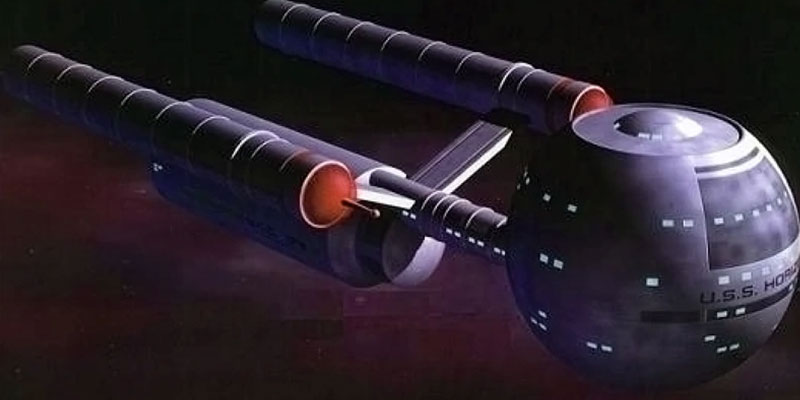
Shield technology, given to Starfleet by Andoria, would end up replacing Polarized Hull Plating. While Vulcan would hand over all sensor and scientific systems which at the time, were the best known to exist in the Milky Way Galaxy… Even Planet Tellar would give Starfleet its superior environmental control systems.
Excited, waiting to see Starfleets first Federation starship designs, member worlds waited patiently with bated breath and were surprised when by 2165 not a single possible design had been presented.
You see, Starfleet had a huge problem. Being given technology and specs for technological developments was all well and good, but making these completely different designs work together was another matter. All these technologies were designed for specific member world starship designs, and when testing began on combining these technologies, Starfleet would become extremely frustrated when they simply wouldn’t jive.
Using a recently decommissioned Daedalus Class starship, the S.S. Yorktown, Starfleet installed all these technologies into the ship in the hopes of discovering a way to make these systems not only work together but maximize each technologies efficiency.
Unfortunately, try as they might, it simply wasn’t possible. All these systems were simply too different and would require a complete redesign of each, along with an entirely new computer core and operating system to make them work together.
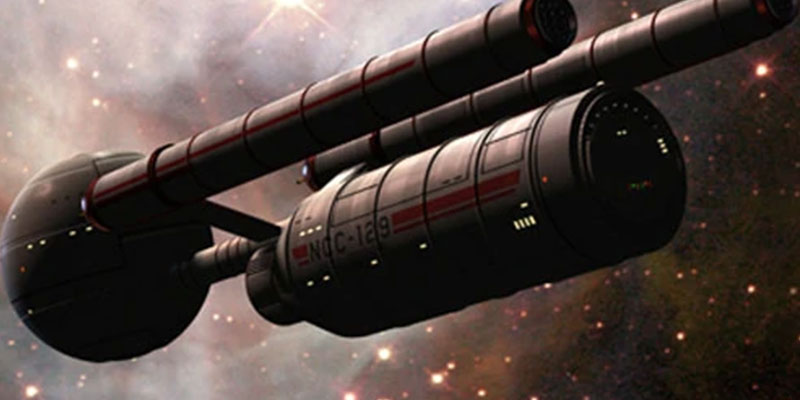
Assembling a design team, with members from every Federation world, Starfleet would begin the long process of making this dream a reality, and by early 2171, Starfleet Command was finally ready to test these new starship systems once again on the S.S. Yorktown. Launching from Earth orbital station Tucker, the Yorktown would prove a complete success, with all of its newly integrated systems outperforming the expected specs.
Pleased with how the Yorktown had performed, and that Starfleet had finally solved the technological conundrum, the Federation Council would recommend that Starfleet begin to recall all its Daedalus Class starships for immediate refit… Starfleet agreed, and the first Federation technological revolution began.
The refit Daedalus Class starships would prove invaluable to the Federation, but for Starfleet Command, they were a bit of a sore spot.
Originally, the Daedalus Class had been an experiment for Starfleet. In its early conception, Starfleet was still attempting to work out what a Starfleet Starship would look like. As a result, 3 designs were tested.
The first had been an arrowhead design which would come to be known as the Starfleet Delta, the second was the Daedalus Class, which used very simple geometric shapes to form its design. And the third was a Saucer style design which would become the basis for the NX Class.
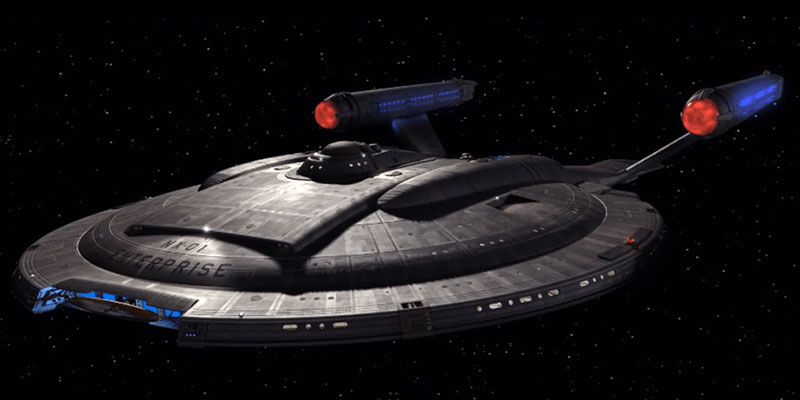
Out of all of these designs, Starfleet would like the saucer design best, feeling its aesthetics was not only beautiful but also had teeth. While the Daedalus Class seemed rather bulky and clunky looking. And so Starfleet had chosen to develop the Saucer Designs starships instead.
But now, Starfleet had a fleet of Daedalus Class starships representing the Federation. And so they decided to set their design teams the task of creating a variety of saucer section style starship designs to replace the Daedalus Class by the end of the Century. By the early 2190s, a plethora of these saucer style designs would in fact begin to replace the ageing Daedalus Class, much to the elation of Starfleet Command. But with the turn of the Century fast approaching, Starfleet now wanted a specially designed exploratory starship to lead the fleet into the 23rd century.
Starfleet wanted a starship class that could go further out than ever before. But not just that, but a class that could not only defend itself but also operate in deep space for years at a time, and thus the Einstein Class would be born.
The Einstein Class would be approximately 458 meters long and 30 decks tall, with a dual hull configuration, designed to be operated by approximately 800 Crew Members.
This massive starship design was a product of its time, however, as to operate in Deep Space, perhaps for years at a time required an enormous amount of storage space. Not only that but, pre-Duotronic systems were much larger and took up much more space within starship design than what would be seen 40 years later, in the proposal for the Constitution Class Starship.
Also, the Einstein Class would contain all the latest scientific equipment and technology, which would include several specially designed laboratories to allow for the most extensive scientific research ever conducted aboard a starship.
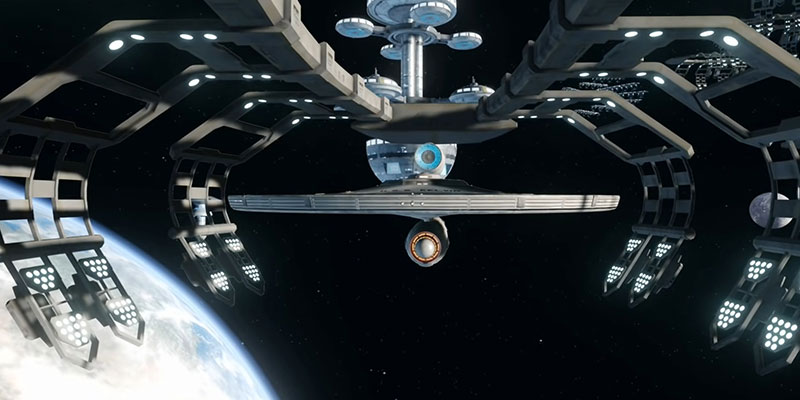
So powerful were its scientific sensor systems that the Einstein Class could scan up to 10 light-years with precise detail, being able to detect even the smallest particle of space dust at that distance.
The Einstein Class would also utilize an entirely new form of Warp Drive system, Starfleet would combine its Nacelle design with Vulcan Warp Ring technology, allowing this starship to have only one nacelle but still achieve the speeds required to make Deep Space exploration a possibility, though this new combination of technology would end up losing the signature Vulcan Ring, and creating a massive Warp Nacelle.
Also massive would be the starship’s communications array, the design of which would be overseen by Commodore Hoshi Sato. This communications system would allow for faster subspace transmissions than had ever been thought possible.
Not only that, but Starfleet’s lingua-code computer programs would get a complete overhaul to also be included in this design. The USS Einstein would be launched 2199 to begin its shakedown cruise, and after several years of system testing, upgrades and repairs, the Einstein Class was finally ready to go into mass production in 2202.
Presenting the design, with all its accomplishments to the Federation Council, the member worlds were astonished by the starship and immediately ordered Starfleet to begin construction of 12 more of the class, citing this design as the future of Deep Space Exploration, and over the next decade, the 12 originally ordered starships of the class would be constructed with each starship ordered on a 5-year exploratory mission into unknown space.The Einstein Class would continue to impress the Federation Member Worlds. The data these starships collected was not only impressive but invaluable.
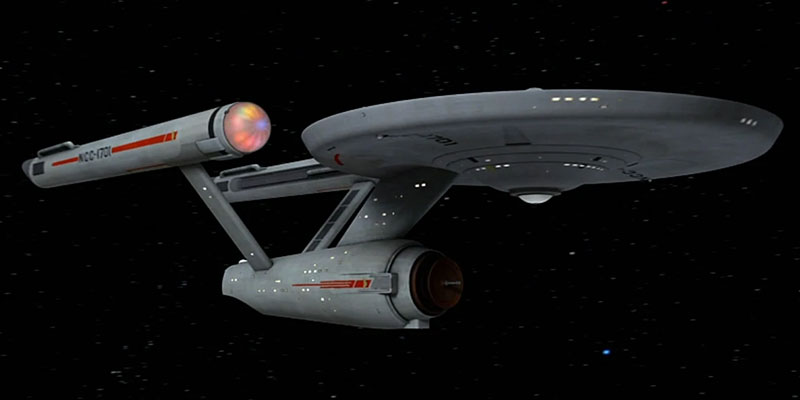
But, like most things in life, all good things must come to an end, and by the early 2230s, the Einstein Class was beginning to show its age. Technological developments on smaller sized, dual and quadruple nacelle designed starships were making the Einstein Class obsolete.
Though Starfleet’s Core of Design Engineers had continued to develop the massive sized 1 Nacelle Engine System, it was quickly discovered that Starfleet’s newest nacelle designs, based on human technology, were much more efficient and certainly not as resource intensive.
Also, talks of a new computer core system called Duotronics had begun to circulate through out the Federation, threatening to make most of Starfleets fleet obsolete overnight. And when the breakthrough into Duotronics was finally made, Starfleet made the decision to begin decommissioning the class.
Out of the 13 starships constructed, 11 had survived to the early 2240s, and with a new class, the Constitution Class, poised to take over as head Deep Space Exploratory Class, 1 by one each of the Einstein Class starships would be pulled from active duty.
The last Starship to be decommissioned, the USS Kelvin, would return to Spacedock in 2245, just in time to witness the Launch of the USS Constitution, and since the USS Einstein had been 1 of the 2 starships of the class lost during its run, Starfleet would decide to place the USS Kelvin in the fleet museum, restoring the starship back to the previous glory where it can still be visited today.
The Einstein Class was a complete departure from the usual starship designs of the time, and although originally given a 50-50 chance of success, the Einstein Class would prove itself invaluable in the early days of Starfleet exploration, earning this class its deserved place, in Starfleet history…
What to help the channel combine technologies and make them work? Then just click HERE to become a channel Patron…
Watch The Latest Truth Or Myth Below
Thank you for watching today’s episode of Truth or Myth Beta Canon, what do you think of the Einstein Class? Do you want me to create more videos like this one? Well leave your comments in the section below and don’t forget to like the video and subscribe to the channel.
Thanks again for watching, Live long and prosper…

